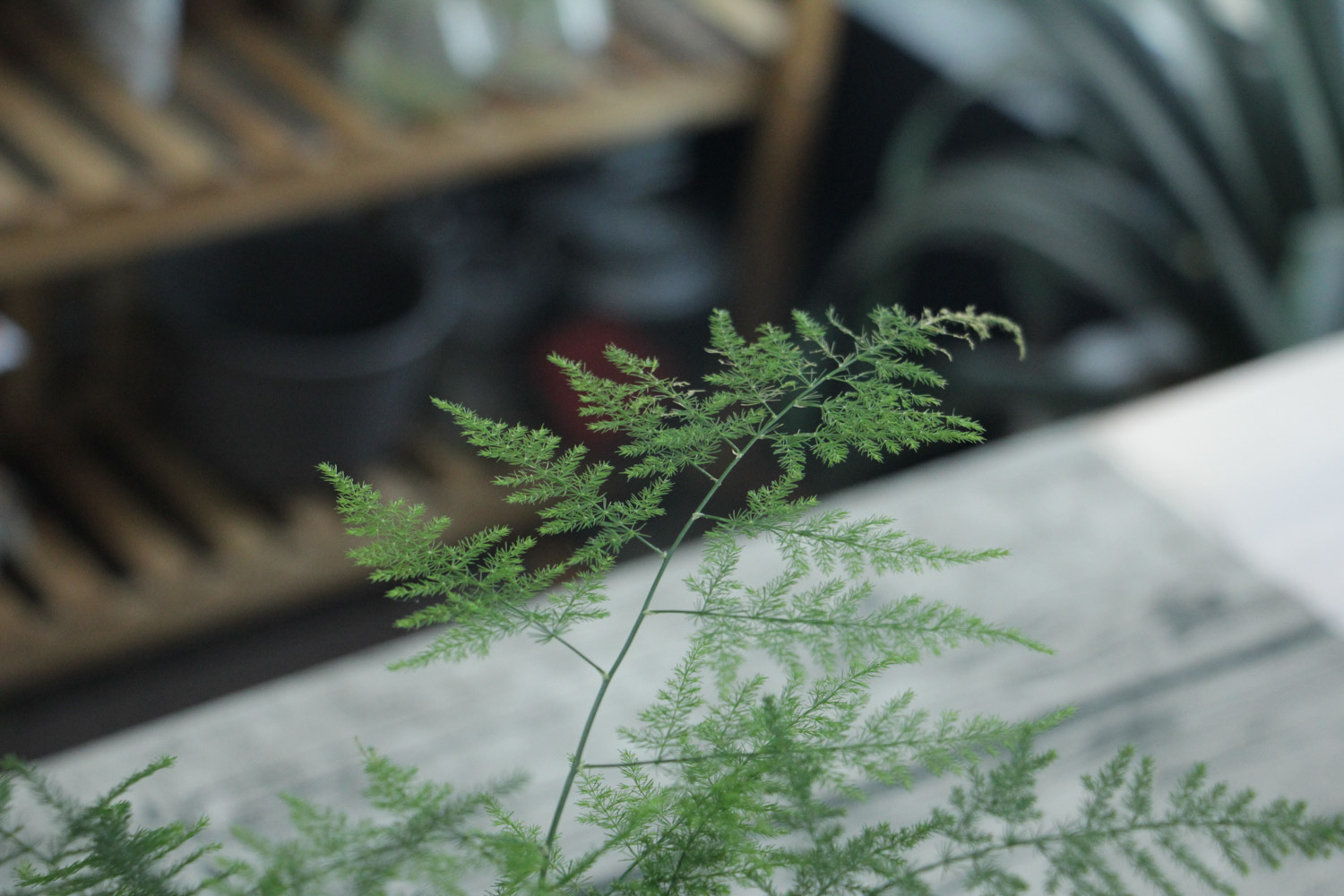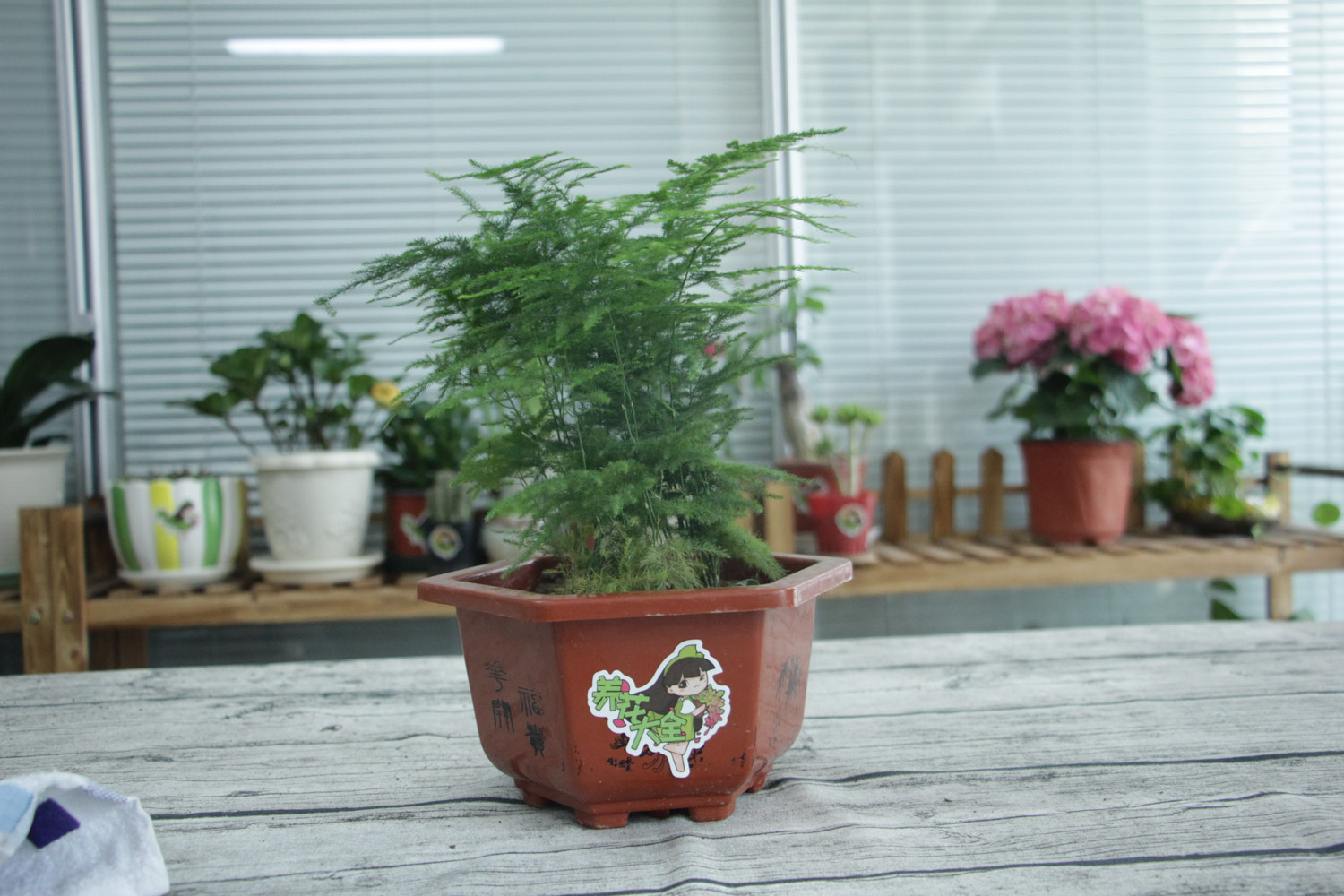1、 Watering
Asparagus likes to grow in a slightly humid environment and has poor drought resistance. Therefore, if it is found that the soil is dry during breeding, it should be watered to ensure that the soil is wet. Especially in the peak growth season, water shortage is prone to yellowing, which will seriously affect the growth. It is afraid of waterlogging. When watering, it is also necessary to control the amount of water. Ponding is strictly prohibited. In addition, it has higher requirements for air humidity. If the climate is relatively dry, it not only needs watering, but also needs to spray water frequently to improve the humidity

2、 Temperature
Asparagus likes a warm environment. The temperature conducive to its growth is between 15 and 25 ℃. Its high temperature resistance and cold resistance are relatively poor. If you want it to grow vigorously, you should take appropriate temperature control measures in summer and winter. If the temperature in summer exceeds 34 ℃ for a long time, ventilation must be strengthened or moved to the air-conditioned room to help cool down. After winter, you must move indoors, especially in northern areas, and control the temperature above 10 ℃ to avoid freezing. The temperature in spring and autumn is suitable, which is its peak growth season. It can be placed outdoors for maintenance
3、 Illumination
Asparagus has strong shade resistance and is not sun resistant. However, if you put it in a dark environment for a long time during the breeding period, the branches are easy to grow in vain, and even yellow leaves will appear. In order to make it stronger and stronger, it is recommended to put it in a bright indoor light and accept more astigmatism. When the light is strong in summer, it must be covered, otherwise it is easy to get sunburn

4、 Fertilization
Spring and autumn is the peak season for the growth of asparagus. During this period, the growth speed is fast and the nutrients consumed are also much. In order to meet the demand for nutrients, it is necessary to apply fertilizer appropriately. Choose diluted liquid fertilizer as fertilizer and apply it every 20 days to ensure sufficient nutrition. It is best to stop fertilizer in the high and low temperature stage in summer and winter to avoid fertilizer damage
5、 Soil
Asparagus likes soft, breathable, humus rich and slightly acidic soil. In this soil environment, it can grow more vigorously. Peat soil, rotten leaf soil, river sand and an appropriate amount of base fertilizer can be used for soil mixing. In addition, it needs to be replaced once a year or two to avoid soil hardening


 how many times do yo...
how many times do yo... how many planted tre...
how many planted tre... how many pine trees ...
how many pine trees ... how many pecan trees...
how many pecan trees... how many plants comp...
how many plants comp... how many plants can ...
how many plants can ... how many plants and ...
how many plants and ... how many pepper plan...
how many pepper plan...





























